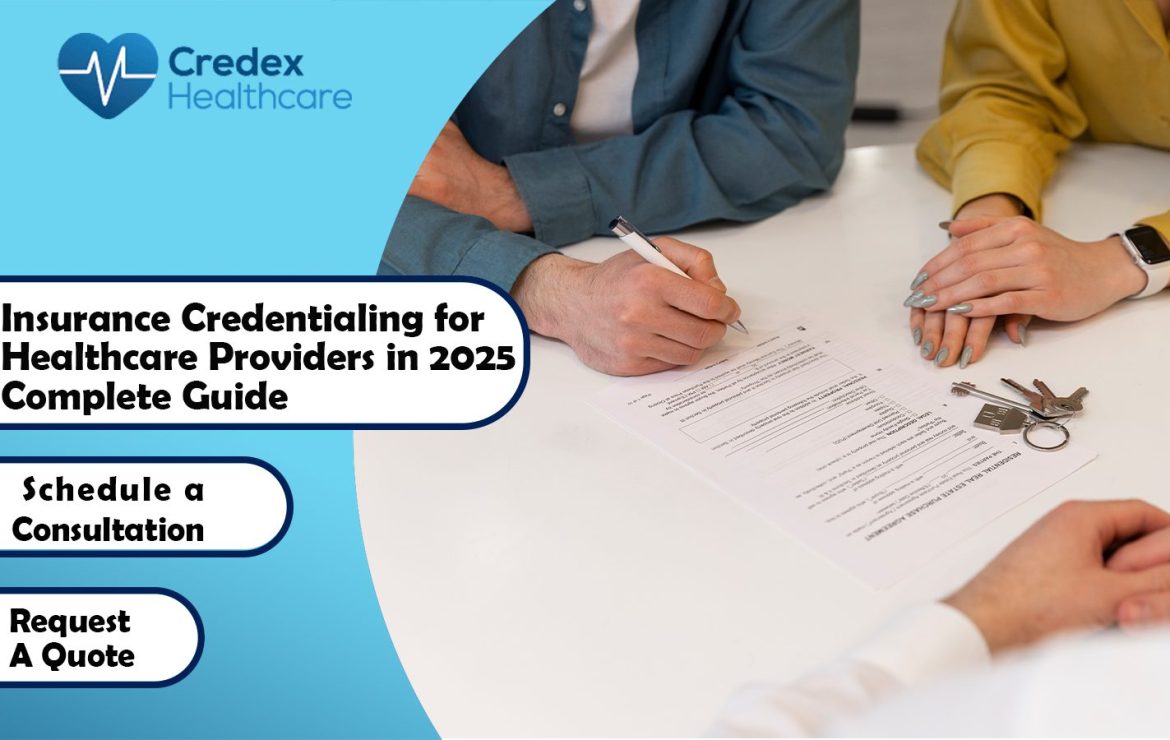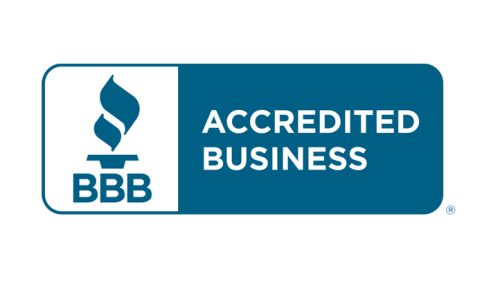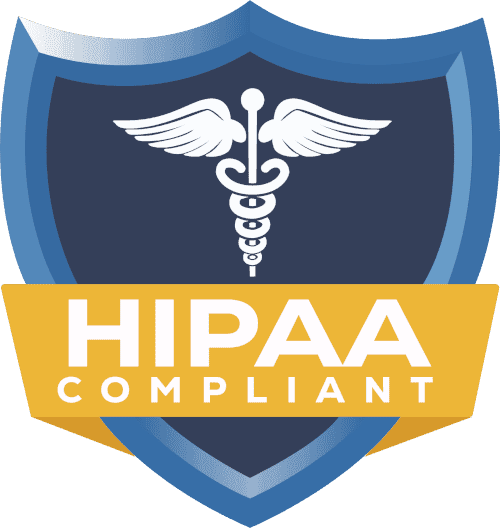Insurance Credentialing for Healthcare Providers in 2025—Complete Guide

Insurance credentialing is a critical component of managing a modern healthcare practice—it enables providers to participate in insurance networks and ensures timely reimbursement for services. Furthermore, when a healthcare organization registers a healthcare professional with particular insurance networks or government payers like Medicare or Medicaid, the healthcare professional may receive compensation for their services. Hence, let’s go through Insurance Credentialing for Healthcare Providers in 2025—Complete Guide.
Why Is Credentialing Critical in 2025?
In 2025, healthcare will undergo considerable adjustments, underscoring the importance of credentialing for coverage. Moreover, it ensures patient safety, compliance with regulations, and reduced lawsuit risks. Furthermore, providers can’t bill insurance companies without the correct credentialing & enrollment process, which could cause financial losses. However, physicians who become members of insurance networks can see more patients and maintain standard fee schedules.
The following points explain why credentialing is critical in 2025.
- Patient Safety and Security: Credentialing ensures patient safety, compliance with regulations, and reduced lawsuit risks.
- Payer’s Trust: Healthcare personnel cannot charge insurance companies without proper registration, reducing financial losses.
- Evolution of Quality Assurance: Credentialing now includes continuous monitoring of providers’ work, patient satisfaction, and quality measurements.
- Regulatory Compliance: Providers must meet new data protection, patient privacy, and treatment quality reporting requirements.
- Technology Integration: EHR systems, telemedicine, and data exchange require new credentials.
- Risk Management: Credentialing involves checking sources for thorough risk calculation.
- Industry Competition: With increasing competition, doctors can only see patients in specific insurance networks, limiting recommendations and growth potential.
Key Steps in the Insurance Credentialing Process
The insurance credentialing procedure is designed to thoroughly assess all providers’ abilities, ensuring a smooth process. Moreover, workers can get ready quickly and avoid frequent delays if they know what to do at each stage.
- Step 1: First Evaluation and Planning (2–4 weeks)
Begin by evaluating your readiness for credentialing—review your employment history, identify any gaps longer than 30 days, and prepare explanations for them. Moreover, this stage of planning is highly crucial for discovering issues and correcting them before they slow things down.
Write out everything about your work history. Similarly, list every job you’ve had, every school you’ve gone to, and every license you’ve gotten in the previous five years. Also, you need to keep track of and explain any gaps in work that extend more than 30 days.
- Step 2: Documentation (2–3 weeks)
Get all the credentialing documentation you need, and make sure it’s up-to-date, signed appropriately, and structured in a way that makes sense to the payer. Moreover, it includes things like educational documents, licenses, credentials, medical insurance, and professional references.
Providers must submit a government-issued ID, and, when required, undergo a criminal background check. Additionally, each payer has their own style and identification rules that all papers must follow.
- Step 3: Application Submission (this might take 1–2 weeks)
Each insurance company has its own method for accepting credentials. You may fill out your application, utilize CAQH, or accept an application that is typical for your state.
Most significant organizations now accept CAQH-based applications, which makes it easy to deliver them. Some payers, on the other hand, have their application tools that need to be turned in individually.
- Step 4: Primary Source Verification (4 to 8 weeks)
When someone applies for credentials via a health plan, the plan conducts the primary source verification. In this situation, you need to provide documentation of your education, training, licenses, and professional experience.
During this stage, payers review all of the facts independently by phoning medical schools, training programs, licensing boards, and previous positions. Further, this careful screening procedure makes sure that the information is accurate and discovers any errors.
- Step 5: Data review and gap assessment (2-4 weeks)
Credentialing committees, which are generally made up of medical and administrative professionals, review applications and determine eligibility depending on specific criteria. Moreover, it also looks at quality metrics, peer references, and any problems that came up throughout the verification process.
- Step 6: Final review and recommendations (1–2 weeks)
Once approved, providers sign contracts that define payment rates, administrative requirements, and conditions of engagement once they have the go-ahead. Additionally, during this stage, the practical and financial details of joining the network are worked out.
Ready to simplify your insurance credentialing process?
Let our experts handle the paperwork, follow-ups, and payer negotiations so you can focus on patient care.
Get a Free Credentialing Consultation Today!
Documentation Needed for Credentialing
To become credentialed, you need to provide the payer enrollment with all the correct documents that fit their criteria. Moreover, the credentialing documentation required for the credentialing process is becoming more and more consistent, although there are still some variances across insurance companies and program categories.
Educational Credentials:
- Official transcripts from medical school, residency programs, and fellowship training are required.
- International medical graduates must provide additional papers.
Medical Licenses
- The applicant must provide current medical licenses from all states.
- The DEA requires registration for substances that are prohibited.
- State-specific requirements, such as licensing for restricted substances, must be met.
Board Certifications
- Certificates from professional boards indicating when and if they were initially certified.
- Board-certified physicians are often paid more than other doctors.
National Provider Identifier (NPI)
- Type 1 NPI is required for solo owners.
- Managing provider data across various systems is essential.
Practical Details and Insurance
- Current certifications of professional liability(Malpractice) for the provider enrollment process.
- With coverage limits that suit payers.
- Proof of current hospital privileges.
Work History
- Complete record of all jobs held in the past five years.
Professional References
- Provide the names and contact details of colleagues, employers, or managers who can attest to your clinical abilities.
Legal and Financial Documents
- Tax ID numbers (ITIN) for individuals and EIN for firms.
- Company information, like location, hours of operation, number of patients, licenses, and certifications.
Background Checks
- Criminal background checks, Office of Inspector General (OIG) fines, and ban lists.
Needs for a Specific Specialty
- Certain medical areas may require more credentialing documentation.
- “Taxonomy codes” represent your specialty and specialized areas.
CAQH and Its Role in Credentialing
The Council for Affordable Quality Healthcare (CAQH) has transformed physician insurance credentialing and how credentials are handled by creating a common platform that makes it simpler for physicians and funders to maintain provider data. Moreover, it also makes things easier for everyone else. Providers and managers simply have to submit their information once with CAQH credentialing, and they may share it with any plan they choose. Hence, it lets them spend more time taking care of patients.
Benefits of Obtaining a CAQH Credentialing
- Standardized Data Format: Provider information is consistently displayed and sent, reducing errors and confusion.
- Time Efficiency: Providers can view their CAQH profile, reducing the need for multiple forms.
- Document Management: The platform securely stores and organizes supporting documents, ensuring consistent versions for all groups.
- Ongoing Maintenance: CAQH credentialing must be re-attested every 120 days to ensure data validity.
Limitations of CAQH
- It doesn’t handle healthcare provider credentialing
- Individual payers have control over their verification process.
- Some payers may require more information than what is stored in CAQH accounts.
- CAQH may not cover the entry requirements of specialized networks.
Challenges Healthcare Providers Face
The procedure of insurance credentialing has a number of complications that frustrate even experienced healthcare personnel. Workers can prepare for and devise solutions to cope with difficulties that may arise if they know about these typical ones.
Credentialing can be a complex and time-consuming process for providers. Some common problems are
- Not complete or up-to-date papers
- Incomplete data or information
- Delays from teams that check payers
- Complex processes with multiple payers
- Having trouble handling a lot of provider info
- Medicare and Medicaid PECOS participation is not clear
- Challenges to keep track of all the maintenance tasks
Tips for Streamlining the Credentialing Process
Using structured processes and best practices can significantly improve credentialing efficiency. These proven methods minimize delays and simplify the process for provider enrollment.
Planning and organizing the credentialing process for provider enrollment
- Create a Master Credentialing File: Save all crucial documents in digital and physical form. Group documents into categories like “insurance,” “education,” and “licensing.”
- Create a Credentialing Calendar: Record all relevant dates, like license expiration, insurance policy renewal, and re-credentialing. Set reminders 90 to 120 days before subscriptions run out.
- Standardize Document Formats: Ensure all documents follow the same formatting guidelines for faster application preparation.
Application Management Best Practices
- Batch Application Submissions: Send applications to multiple payers simultaneously to resolve issues and speed up the process.
- Keep Detailed Application Logs: Record progress, due date, contact information, and special requirements for each application.
- Make Follow-up Plans: Plan follow-up schedules for each client, considering their preferred contact method.
Steps to Check Quality
- Double-Check Procedures: Have someone else read your applications before submission to ensure no errors or flaws.
- Check Current Criteria: Use the most updated forms and meet the latest criteria.
- Test Electronic Submissions: Try uploading files and filling out forms on the site before sending in the final version.
Getting to Know Each Other and Establishing Friends
- Make Friends with Payers: Establish positive relationships with healthcare provider credentialing coordinators to understand processes and resolve issues.
- Keep Professional Communication: Maintain positive relationships with payers to ensure the timely receipt of credentials.
- Keep Records of All Conversations: Record interactions for tracking application progress or reporting difficulties.
Choosing the Right Credentialing Partner
Choosing the right healthcare provider credentialing partner is much more critical. Moreover, it is a decision that requires prudent consideration, as it is directly related to the practice’s growth and revenue optimization.
- Experience and Track Record: You should look at how much experience potential partners have in your profession, with your target payers, and in the location where you operate. Ask current customers for samples and find out how frequently the process works well and how long it usually takes.
- Service Scope: Decide whether you need complete control over your credentials or only assistance with specific stages of the process. Some businesses just do particular things, while others do everything.
- Technology Capabilities: Check out the provider’s tech systems, such as how well they can keep track of patients, create reports, and interact with your office management systems.
- Communication and Reporting: Learn how the service provider will let you know about issues, outcomes, and what needs to be done. In order for partnerships to succeed, there needs to be explicit norms for how to communicate with each other.
- Cost Structure: Check out several pricing structures, such as start-up costs, application fees, and continuing maintenance fees. Moreover, you should also consider how much time is saved and the improved success rates are worth when evaluating the pricing.
Top Insurance Credentialing Company for Healthcare Providers in the US in 2025:
When it comes to medical credentialing services for U.S. healthcare insurance, picking the right partner can make all the difference, both in terms of following the rules and making sure the income cycle runs smoothly. In the year 2025, Credex Healthcare stands out as one of the best companies in the country for getting healthcare workers’ insurance credentials.
We at Credex Healthcare have a team of skilled professionals who carefully manage every step of the licensing and contracting process. They handle everything from filling out CAQH profiles and managing patient registration to tracking application results and ensuring timely renewals.
Our committed approach reduces delays, rejections, and the time it takes for insurance panels to approve claims. Therefore, it lets doctors focus more on caring for patients and less on paperwork. Moreover, by operating with our experienced and expert specialists, you pick out a reliable and robust way to get licensed more quickly, stay in compliance, and increase the revenue in your business.
Final Thoughts
In 2025, healthcare staff will face both challenges and opportunities when it comes to insurance verification. Even if the process is challenging to grasp and takes a long time, knowing what it requires and employing structured ways can make outcomes much better and make running things simpler. Whether you perform the credentialing yourself or use a professional service, the money you invest in it will come back to you in the form of more patients, more money, and better career opportunities. The fundamental purpose of insurance credentialing is to keep patients safe and provide them with appropriate treatment.
FAQs:
What is insurance credentialing for providers?
It is the process of healthcare providers’ verification of educational, professional, and background information so they can legally practice and get paid by the insurance companies.
How long does it take to complete credentialing?
Generally, it takes 60–120 days to complete the credentialing process for providers; however, it depends on the payer, provider type, and completeness of your application.
Can I do insurance credentialing myself?
Yes, but it’s time-consuming and prone to errors. However, choosing to hire credentialing expert solutions or services is better for efficiency and timely processes.
What documents are required for credentialing?
You will need proper documents like a valid license, DEA registration, malpractice insurance, NPI, CAQH profile, CV, W-9, among other documents, for credentialing.
How does CAQH help with insurance credentialing?
CAQH is an online platform that allows providers to store and share their credentialing information with multiple insurance payers.



















